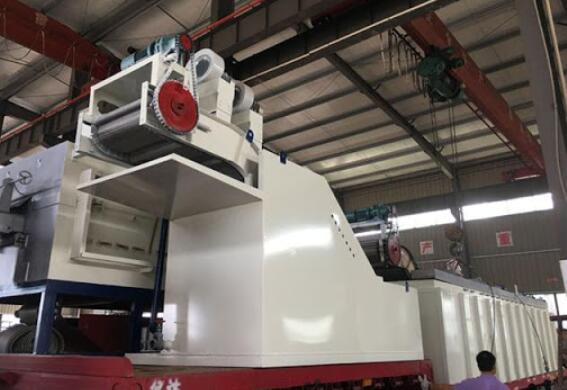Discharge sparks plasma sintering Furnace
Product description
SPS is a new technology for rapid powder consolidation SPS uses high current pulse power to stimulate and promote the consolidation and reaction sintering process. Compared with the traditional technology, SPS can adjust the density value of various conductors, non conductors and composite materials to any demand value during the processing SPS can reduce the experimental time and energy consumption to the greatest extent, and also can maintain the micro nano structure of the material. Therefore, since its birth, it has rapidly become an important tool in many fields, such as scientific research, new material research and industrial production.
SPS principles and procedures
Conventional sintering techniques, such as hot pressing, use external thermal methods to heat the sample treatment. Unlike the traditional sintering technology, SPS technology generates internal heat by transferring current to the sample. Compared with the traditional external heat treatment method, it takes a long time to reach the peak temperature, while SPS furnace only takes a few minutes to reach the high temperature environment required for heat treatment. Therefore, the SPS furnace greatly improves the experimental efficiency, greatly reduces the experimental energy consumption, and perfectly maintains the micro nano structure required by high-performance materials.
New SPS technology DC plasma sintering (DCS)
Since the birth of SPS, equipment manufacturers have been using pulse current to generate internal heat on samples for a long time. However, the structure of the pulse power supply system is very complex, lack of operational stability, and has a high manufacturing cost, which leads to high cost and energy consumption for a long time. Therefore, low-cost and high-performance SPS has become the general expectation and demand of the industry. In recent years, direct current sintering technology has been widely studied and promoted. This new SPS technology uses DC power system, which greatly simplifies the complexity of the system and greatly reduces the cost of hardware. In addition, compared with the pulse current, the DC power system can generate internal heat without interrupting the sample, thus greatly reducing the processing time. As DC plasma sintering (DCS) has many unparalleled advantages, it has become an industry trend to replace the traditional SPS with DCS.

Advantages of DC type plasma sintering system (DCS):
1. DC power supply, simple system, high stability
2. Better material performance controllability
3. Reduce processing time
4. Reduce the cost of experiment
5. Reduce equipment cost
Detailed information:
Scope of application | Sintering of thermoelectric materials, rapid sintering of nanophase materials and gradient functional materials. |
Maximum furnace temperature | 2300℃ |
Working temperature | 2000℃ |
Loading capacity | 1kg |
Dimensions | 1750 × 850mm |
Specifications | Mini |
Electromechanical equipment | vacuum pressure rapid sintering furnace |
Commonly used material | 304 stainless steel |
Product advantages | CE certification, Fast sintering speed, High sample density |
Product function | sintered rare earth permanent magnet material, alloy glass, etc. |
Sintering parameters:
Total power | 180 kVA |
Heating power | 170 kVA |
Voltage | 3×400V, 50/60Hz |
Nominal current at 400V | 3×355 A |
Other fuse insurance (customer self-supplied) | 3×400 A |
Cooling circulating water | |
Pressure | 2-4 bar |
Flow | About 120-150 L/ min |
Temperature | 15 -25 ℃ |
Compressed air | 4-6 bar,About 20 L/ min |
Inert gas | |
Air flow volume | About 20--100 1/h (according to process needs) |
pressure | 1-5 bar |
Graphite electrode | |
Dimensions (L × D × H) | 180×180×60mm or 200 × 200 × 60mm |
Opening width | About 145 mm |
Stamping pressure |
|
Pressure range | 50.3 kN – 603.2 kN |
Temperature measurement | Thermocouple Ni-Cr-Ni: 100-1100℃ |
Optional | |
Pyrometer | 2400℃ |






